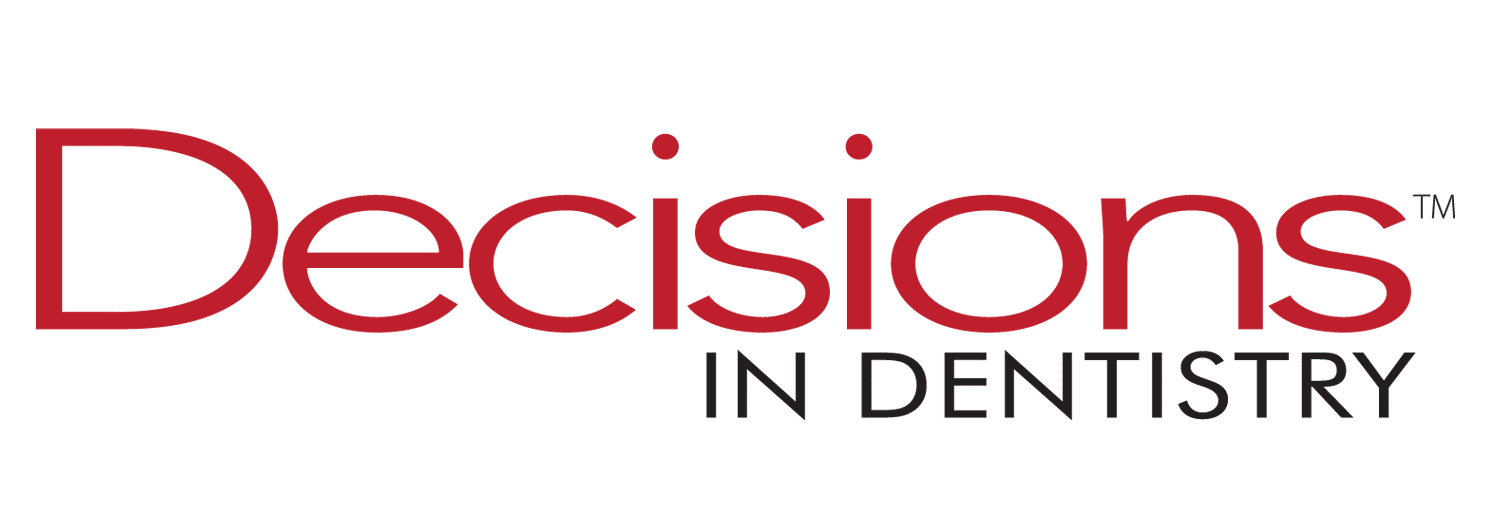
Dental Therapy Takes Center Stage in California
As support for dental therapy grows across the United States, the 2025 National Dental Therapy Conference will bring together leaders shaping the future of this midlevel practitioner role. As momentum builds, California’s dental community, particularly the California Dental Hygienists’ Association, enters the conversation with its own vision for meeting access-to-care needs.
This December the 2025 National Dental Therapy Conference will convene in Sacramento, California, to explore the profession’s impact on access to oral healthcare. Scheduled for December 8–10 at the DoubleTree by Hilton Hotel Sacramento, the meeting brings together dental therapists, educators, policymakers, advocates, and oral health leaders committed to advancing equitable care delivery. The event is co-hosted by Community Catalyst, the American Dental Therapy Association (ADTA), and the California Oral Health Equity Coalition.
Approximately 200 dental therapists are currently practicing in the United States, with the workforce projected to expand as more states authorize the role and new educational pathways open. Today, dental therapists are permitted to practice in 14 states, and five accredited education programs are in operation, with several more, including two expected next year, preparing to launch. Against this backdrop of accelerated adoption, the conference offers a timely forum for addressing clinical, educational, and policy dimensions of the profession.
A key highlight of the meeting is the plenary session, Advancing Oral Health in Our Current Moment, delivered by Kari Ann Kuntzelman, AAS, DT. A nationally recognized leader, longtime ADTA advocate, and clinical provider, she brings experience across community practice, education, workforce development, and national oral health equity initiatives. A presentation by Misty Davis, RDH, BS, will explore the operational “second half” of dental therapy implementation — from rulemaking and licensure to program development, clinic integration, and workforce pipeline planning.
As conversations about dental therapy expand nationally, California enters a pivotal phase of its own. The California Dental Hygienists’ Association (CDHA) supports efforts to improve access to care but has expressed reservations about introducing a new midlevel practitioner category. Instead, the organization favors strengthening and expanding the existing registered dental hygienist in alternative practice (RDHAP) framework, noting that California’s regulatory structure and licensure pathways differ significantly from those in states where dental therapy has been implemented. CDHA remains engaged with community stakeholders to ensure any future model aligns with California’s established hygiene practice standards while addressing the state’s pressing access-to-care gaps.


